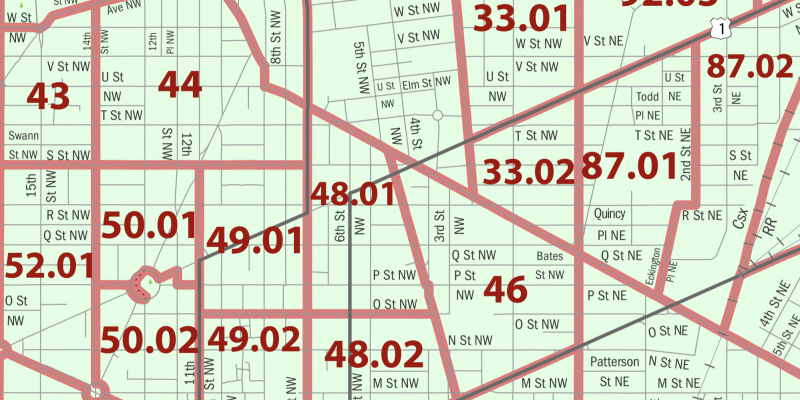Recent changes to the U.S. Citizenship and Immigration Services (USCIS) EB-5 program included numerous updates that affected the targeted employment area (TEA) designation process. This complex and intimidating process to find out whether a project site meets the criteria to qualify as a TEA, whether because of high unemployment or being in a rural location, has now been made easier with the launch of several new, interactive targeted employment area maps by EB5 program consulting fimrs.
Doing the complicated calculations yourself or trying to find the right information using other TEA-related resources is time consuming and unnecessarily difficult. The information provided by these maps is based on the current USCIS rules and the latest available data, and you can have an answer in just minutes at no charge.
The four (4) best TEA maps that are available today are:
- (1)Impact Datasource TEA Map
- (2)IIUSA TEA MAP
- (3)EB5 Affiliate Network TEA Map
- (4)Green Gate TEA Map
To determine whether a project site qualifies as a TEA, the TEA maps use at least one of the four accepted methodologies that USCIS allows. However, features vary across the available TEA maps. Some of the maps feature the ability to instantly download a formal TEA qualification report that can be submitted with a Form I-526 petition. Some of the maps specify whether a project site is eligible for sponsorship through USCIS-approved regional centers.
Why Do You Need a TEA Qualification Report?
To qualify for the minimum EB-5 investment amount of $900,000—instead of $1.8 million, an EB-5 project must be in a TEA. To request TEA designation for a project site, you must submit a formal TEA qualification report as part of your Form I-526 petition. This report must be based on verifiable third-party data and must clearly show proper use of one of the four methodologies accepted by USCIS.
How Does a Project Site Qualify as a TEA?
The two ways that a project site can qualify as a TEA are to be located in a high unemployment area or in a rural area. To qualify as a high unemployment TEA, the unemployment rate at the site location must be at least 150% of the national average, while to qualify as a rural TEA, the project must be located outside a metropolitan statistical area (MSA) and any town or city with a population of 20,000 people or more.
What Methodologies Are Accepted by USCIS?
Because rural TEA qualification is determined based on population and location, USCIS accepts one calculation method involving population data from the latest 10-year census and geographical region information from the U.S. Office of Management and Budget. For the high unemployment TEA qualification, USCIS accepts three methodologies:
- The census-share method, which involves combining American Community Survey (ACS) five-year data at the census-tract level and county-level data released by the Bureau of Labor Statistics (BLS)
- The ACS method, which relies on ACS five-year data at the census-tract level
- The county-level method, which relies on BLS data
To qualify as a TEA, a project site must qualify under only one of these methods. Although some census tracts do not qualify on their own, several directly adjacent tracts can be combined. If the weighted average unemployment rate in the combined census tracts is 150% of the national average, the area qualifies as a TEA.
What Are the Benefits of using a TEA Map?
Besides offering an instantly downloadable TEA qualification report that can be submitted with your Form I-526 petition, at least one of the free TEA maps has the following beneficial features:
- Search an address anywhere in the U.S. to instantly see whether it qualifies as a TEA under any of the four methodologies approved by USCIS
- Immediately see whether combined census tracts qualify as a TEA
- See whether the site is eligible for immediate project sponsorship because it falls within the geographic coverage area of a USCIS-approved regional center
Confidently determine if your EB-5 project qualifies for the lower investment amount of $900,000 in a TEA. The national TEA map which is updated bi-annually and always current—and its completely free.







